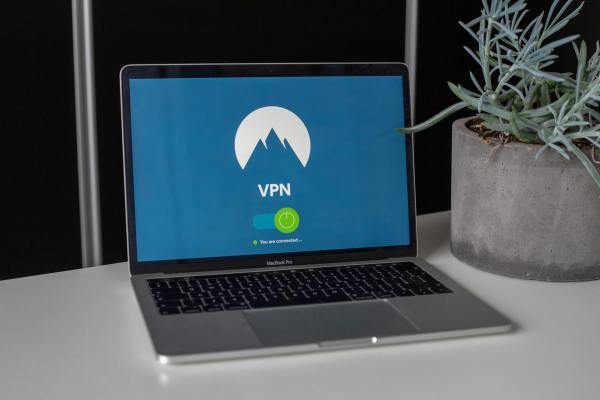In the digital age, where our lives are increasingly online, branches of cybersecurity such as Identity Management have become indispensable to protect our information, both for companies and individuals.
In the enterprise environment, it becomes indispensable to have tools that help us to protect users and their access, in order to secure business information.
In order to better recognise what each branch of Identity Management does, and what benefits each of them gives us, I present below the 4 pillars of Identity Management.
The pillars
Identity Management
It focuses on the management of the digital identities of a company’s users. When we hear this, the first thing that comes to mind is the creation of users, management of their permissions and roles within the organisation, etc. But it goes beyond that, for example, it also contemplates situations such as the registration and deletion of an employee’s user when he or she joins or leaves the company (better known as the life cycle).
The main benefit that GdI gives us, the protection of our organisation’s users, is the main access door for cybercriminals. At the same time, thanks to the operational efficiency it gives us, by having these tasks more automated, it is faster to manage teams securely and with a minimum window of error.
Access Management
Access Management goes beyond allowing or denying users access to different resources within the organisation. By implementing access policies (allocation of privileges based on a user’s role), companies can ensure that the right person is accessing the right information and resources for the right job.
With policies and guidelines for both organisational access and access to confidential information, we greatly reduce the risk of it ending up in the wrong hands.
Identity Governance
Identity Governance sets the strategic and centralised direction for an organisation’s identity and access management. It helps companies to have centralised overall Identity Management policies and settings. Developing clear policies not only helps prevent potential security breaches, but also ensures that as regulatory requirements evolve, they adapt to them.
Customer Identity and Access Management
This last pillar of identity management enables organisations to provide a secure experience for their customers when accessing their resources or applications. Although it is very similar to the first two pillars, identity and access management, this one focuses on managing and protecting external identities. This reduces the risk of confidential information ending up in the hands of unauthorised personnel outside the company.







